What is Citizen Involvement
Oregon's State Wide Planning Goals places an emphasis on Citizen Involvement, including it as Goal One. Goal One states that the governing body should create a program of citizen involvement to allow the public to be involved in ongoing land-use planning. Citizen involvement can take many forms; the first step for most planning projects is to determine a citizen involvement process that is appropriate to the scale of the planning effort, and while there are guidelines and recommendations of how to conduct citizen involvement processes, the "right way" will depend on the particulars of the situation.
At minimum, according to the Oregon State Guide, "Putting The People In Planning" a citizens involvement process should provide a system for involvement of a broad cross-section of affected citizens (including individuals, corporations, and interest groups) and that it is clear how citizens can be involved in all phases; make sure that there is two-way communications, including methods for how policy makers will respond to citizen input; ensure that technical information is understandable to non-professionals; and that there is sufficient money to effectively conduct citizen involvement activities.
The specific methods of citizen involvement have been evolving and examined over the years, and are being continuously improved. For example, the 2009 Big Look review of Oregon's land use system examined the strengths and weaknesses of previous citizen involvement efforts, and made recommendations for how to improve them in the future. Current methods of citizen involvement include both standing and ad hoc citizens committees, open houses and planning events, the ability of citizens to make comments on plans before the Planning Commission and City Council, and robust websites and email lists with a wealth of information about upcoming planning projects.
Additional Resources on Citizen Involvement
- Eugene Planning Commission: The Eugene Planning Commission is Eugene's Citizen Involvement Committee, and is responsible for assisting in the development of Citizen Involvement programs and helping evaluate their success.
- Oregon's Statewide Planning Goals: Citizen Involvement is goal number one.
- Putting the People in Planning: A guidebook from the State for local jurisdictions to conduct robust citizen involvement campaigns.
- Refinement Plans: Reference in Oregon Law.
- Oregon State's Citizen Involvement Advisory Committee
Be Involved
- Join an Eugene Board or Commission
- Attend public hearings or make public comments on plans
- Attend a event or open house
- Help WE CAN reach out!

